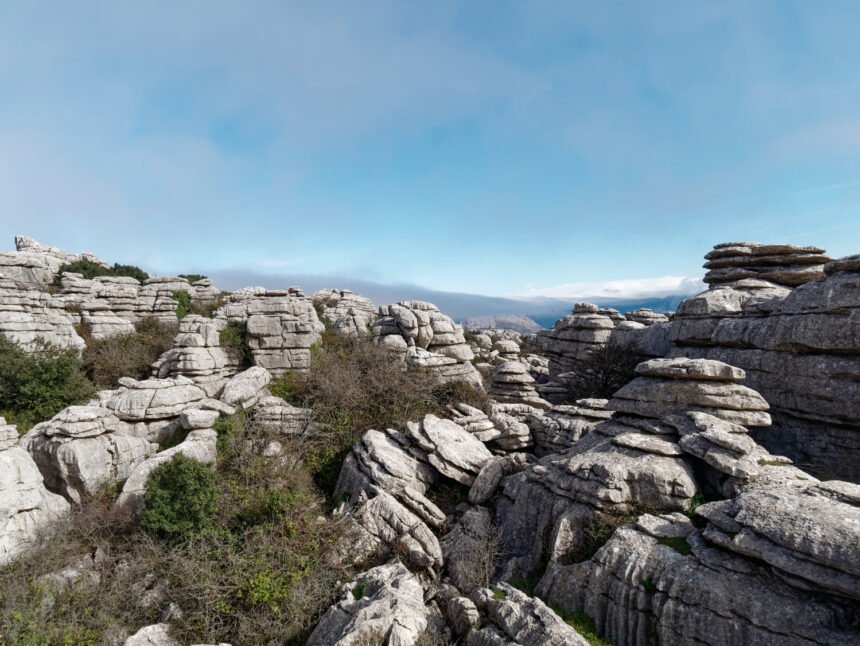Introduction to Weathering:
The Earth beneath our feet isn’t static. It shifts, changes, and evolves through the ceaseless process of weathering. The weathering of rocks and the genesis of soil are intimately linked. This transformation begins with mighty mountains and solid bedrock, slowly sculpted by the elements. Weathering breaks down these giants, fragment by fragment, paving the way for a new creation.
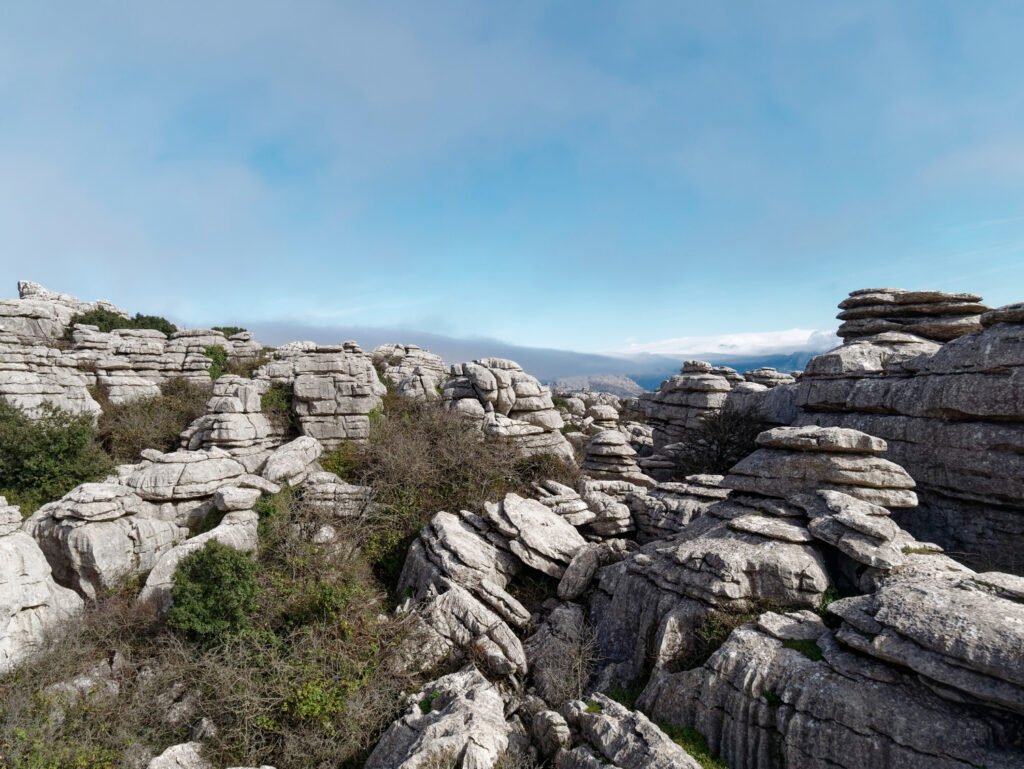
The weathering of rocks and soil genesis are vital chapters in the story of our planet. From weathered fragments, the fertile layer we call soil emerges. It’s a cradle for seeds, a reservoir of nutrients, and the foundation upon which thriving ecosystems are built. This cycle—of breakdown and renewal—is a testament to the dynamic power of nature.
What is Weathering?
Weathering is breaking down or dissolving rocks, minerals, and other materials into smaller pieces without changing their location. It happens gradually over time. A combination of factors results in the weathering of rocks and soil genesis.
Factors Affecting Weathering of Rocks:
Climate:
Temperature: Heat speeds up chemical reactions, so warmer climates tend to have faster weathering. Freeze-thaw cycles are more prevalent with temperature fluctuations.
Rainfall: More rain facilitates chemical weathering and increases the chances of freeze-thaw action.
Rock Type and Mineral Composition:
Some minerals are more resistant to weathering than others. For example, quartz is very resistant, while limestone dissolves more easily.
Rocks with many cracks and fractures weather faster due to increased surface area.
Topography:
Steep slopes cause faster runoff, potentially reducing chemical weathering time but increasing erosion due to water’s force.
Biological Activity:
- Plant roots can break apart rocks and release acids that hasten chemical weathering.
- Burrowing animals expose rock surfaces to the elements.
Types of Weathering:
There are two main types of weathering – mechanical or physical weathering and chemical weathering – each working to transform the landscape.
Living organisms also modify the landforms and the rocks in their unique ways. That causes the weathering of rocks and soil genesis. Weathering resulting from living organisms is termed biological weathering.
1. Mechanical or Physical Weathering:
Imagine millions of tiny hammers persistently chipping away at a rock. That’s the essence of mechanical weathering. This process breaks down rocks into smaller and smaller pieces without changing their chemical composition.
Freeze-Thaw Cycles: Water seeps into cracks and pores of rocks. This water expands when the temperature drops below freezing, creating immense pressure within the rock. This pressure can cause cracks to widen and eventually break the rock apart. This phenomenon is widespread in cold climates with frequent temperature fluctuations.
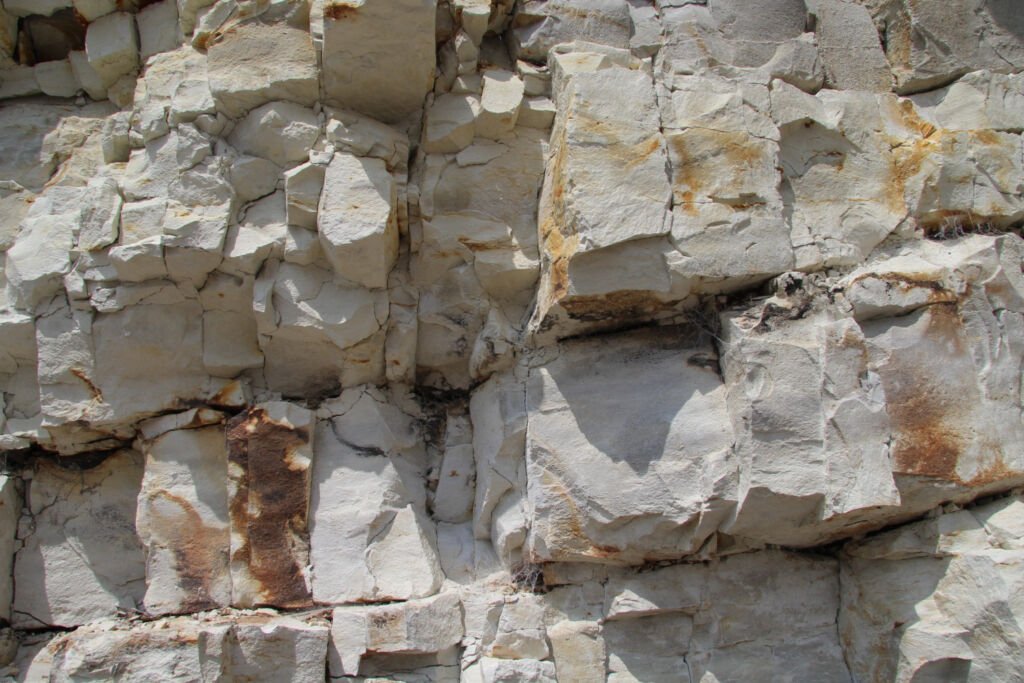
Abrasion: This refers to the wearing down of rock surfaces by friction. Think of wind blowing sand against a rock face, slowly grinding it away. Or, mighty rivers carrying rocks and pebbles downstream, constantly scraping and polishing the riverbed. This relentless abrasion can create smooth, rounded stones and sculpt entire landscapes. The vast, sandy expanse of deserts is a testament to the power of windblown abrasion.
Biological Activity: Large and small living organisms play a role in mechanical weathering. Plant roots can grow into cracks in rocks, prying them apart as the roots grow thicker. Burrowing animals like worms and rodents also contribute by physically breaking down rocks and creating new surfaces for further weathering. The network of tunnels and burrows created by these creatures can significantly increase the rate of rock breakdown.
2. Chemical Weathering:
Chemical weathering is a more subtle process compared to the physical battering of mechanical weathering. Here, water, atmospheric gases, and acids interact with the minerals in rocks, causing them to change their chemical composition and weaken their structure. Some key examples include:
Solution: Certain minerals, like limestone and calcite, are soluble in water. Over time, rainwater containing weak acids dissolves these minerals, slowly eating away at the rock. This process is essential in shaping cave formations and limestone landscapes. Imagine a towering limestone cliff gradually being sculpted by rainwater, creating breath-taking cave systems and dramatic rock formations.
Oxidation: This refers to the reaction of oxygen with minerals in rocks. A familiar example is iron reacting with oxygen to form rust. This oxidation process weakens the rock and can cause it to crumble. The reddish color of many rock formations is often due to iron oxide (rust).
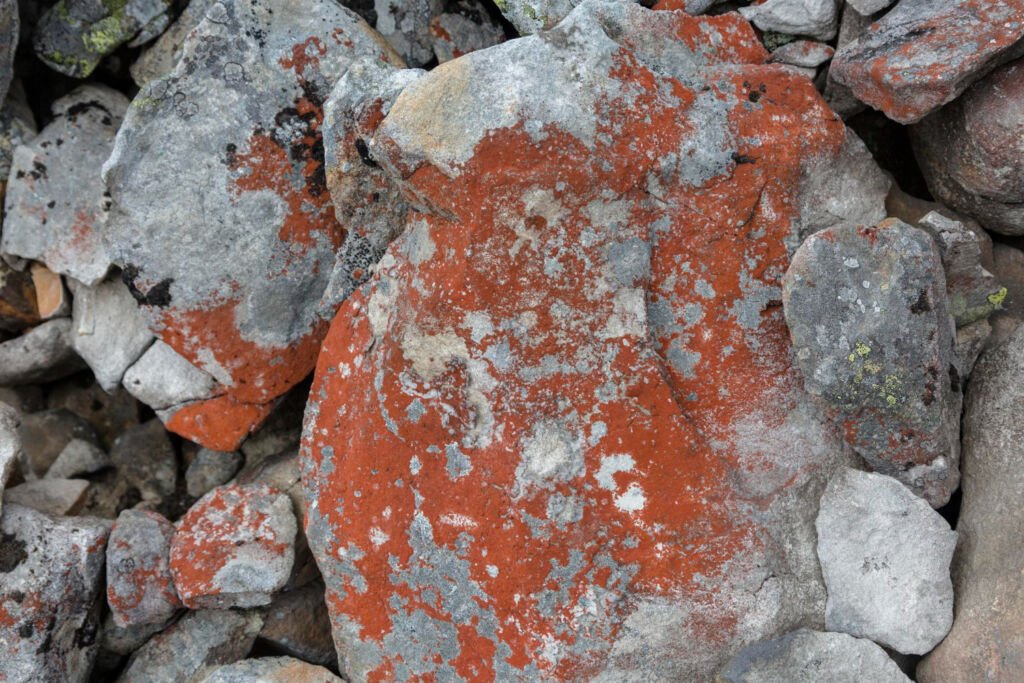
Hydrolysis: Water itself can break down some minerals through hydrolysis. This process involves water molecules reacting with specific minerals, altering their chemical structure, and often forming clay minerals. Hydrolysis plays a crucial role in the decomposition of feldspar, a common mineral in many rocks.
Carbonation: Carbonation weathering is a specific type of chemical weathering where rainwater is starring. Rainwater picks up carbon dioxide (CO2) from the atmosphere, forming a weak carbonic acid. This slightly acidic rainwater reacts with rocks rich in calcium carbonate (like limestone and chalk).
The carbonic acid dissolves the calcium carbonate, transforming it into soluble calcium bicarbonate, which gets carried away in solution. Over time, this process can dissolve and erode these rocks, creating dramatic features like caves and sinkholes and altering entire landscapes.
3. Biological Weathering:
Biological weathering is the breakdown of rocks and minerals by big and small living organisms. It might seem gentle compared to the dramatic forces of wind or water, but over time, biological activity can significantly contribute to the transformation of rock into soil.
Plant Action: Plant roots are the silent sculptors in biological weathering. As roots grow, they wedge into cracks and crevices of rocks, slowly prying them apart. This creates new surfaces for further weathering by water, air, and other roots. Additionally, some plants release weak acids from their roots that can help dissolve certain minerals in rocks. Imagine a tiny seed taking root in a crack, slowly but surely splitting a massive boulder over the years.
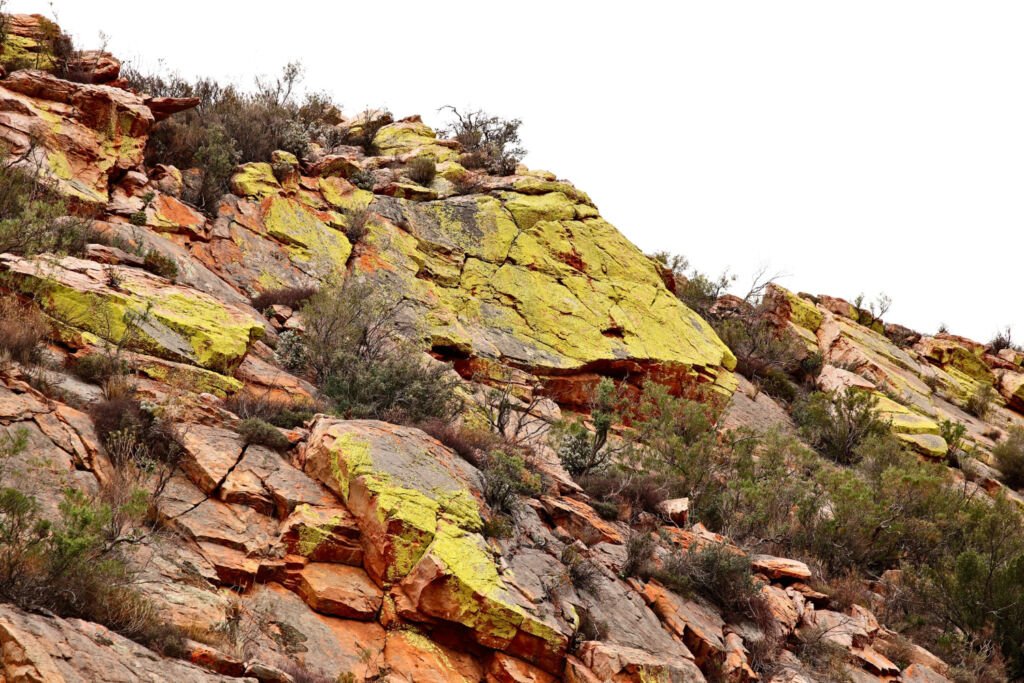
Burrowing Animals: Animals like worms, rodents, and even large mammals like badgers contribute to biological weathering through their burrowing activities. As they dig tunnels and create space for themselves, they break down rocks and expose fresh surfaces to the elements. This allows for further weathering and helps mix different soil layers, promoting aeration and nutrient distribution. Think of a network of earthworm burrows riddling the ground, breaking down rock fragments.
Microbial Activities: Microscopic organisms like bacteria, fungi, and lichens also play a vital role. They can live on or within rocks, secreting acids or chelating agents (substances that bind to metals) that weaken the rock structure. Lichens, a symbiotic partnership between algae and fungi, are particularly adept at colonizing rocks. They can slowly break down the rock surface, creating a suitable habitat for other organisms and contributing to the initial stages of soil formation.
Factors of Soil Genesis:
- Parent Material: The rock or sediment that weathers down forms the base for soil. Its composition influences the minerals available in the forming soil.
- Climate: Temperature and moisture influence the rates of weathering and the types of vegetation that grow, affecting organic matter input to the soil.
- Topography: Steep slopes lead to thinner soil layers due to erosion. Flat areas can accumulate thicker soils over time.
Organisms: Plants contribute organic matter as they decompose.
Microorganisms are critical for further decomposition and nutrient cycling.
- Animals affect soil mixing and aeration.
Time: Soil formation is a slow process. The more time weathering and organic matter accumulation occur, the more developed the soil becomes.
All these factors interact in complex ways – a particular climate with a specific rock type will lead to soil formation different from that of the same climate acting on a distant rock.
Weathering of Rocks and Soil Genesis:
The weathering of rocks and soil genesis are like two sides of the same coin. Weathering is the essential first act, breaking down rocks into the building blocks for soil formation. Here’s a closer look at it –
Weathering Sets the Stage:
Rock Breakdown: Mechanical and chemical Weathering breaks down rocks into smaller fragments. This increases the surface area of the rock, making it more susceptible to further weathering and creating a foundation for soil.
Mineral Release: As rocks weather, they release essential minerals like potassium, phosphorus, and calcium. These become vital nutrients for plants that will eventually grow in the forming soil.
Clay Formation: Chemical weathering, particularly hydrolysis, often leads to the formation of clay minerals. These clay particles are crucial for soil structure, retaining water, and contributing to nutrient exchange.
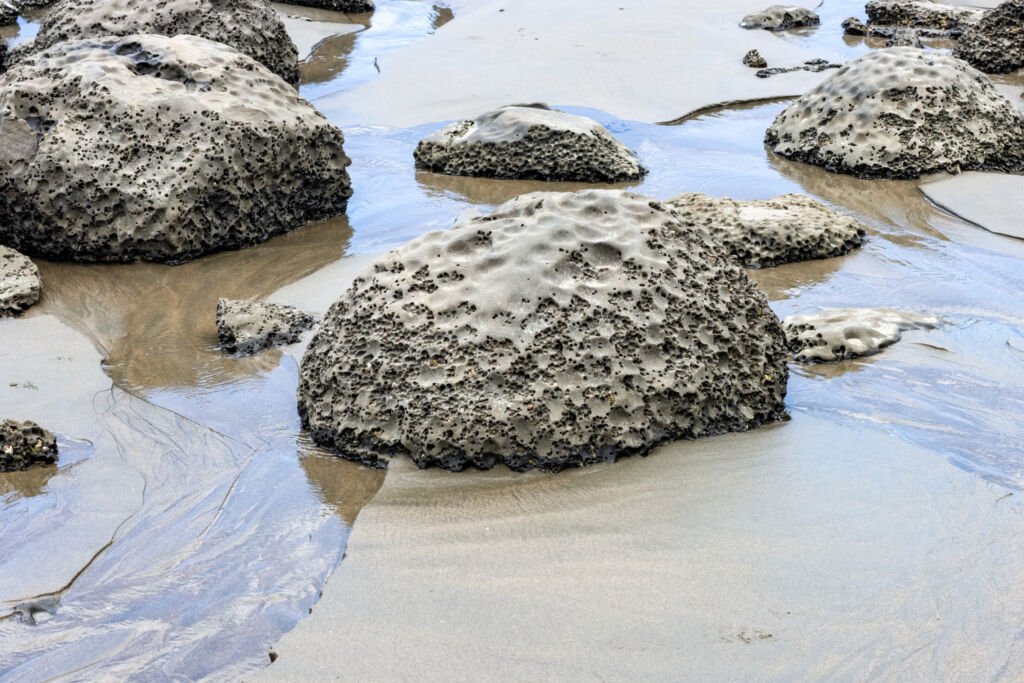
Soil Genesis Takes Over:
The weathered rock fragments become the “parent material” for soil formation. The type of rock being weathered will influence the mineral composition and initial fertility of the developing soil.
As plants and animals die and decompose, they contribute organic matter to the soil. This organic matter provides energy for soil organisms and improves soil structure and fertility.
Weathering helps create spaces within the soil for air and water to circulate. These are essential for plant root growth and the activity of soil organisms, both crucial for soil development.
Time, the Master Conductor:
The weathering of rocks and soil genesis interplay is a slow and continuous process that unfolds over millennia. Here’s how time plays a role:
- Gradual Breakdown: Weathering takes time to break down rocks into suitable particles for soil formation.
- Nutrient Accumulation: Organic matter decomposes and releases nutrients over time, enriching the soil.
- Soil Profile Development: Over time, distinct layers, called soil horizons, form in the soil profile due to water movement and the breakdown of organic matter.
The interplay between the weathering of rocks and soil genesis exists in collaboration. Climate, topography, and living organisms all play important roles.
Climate: Warmer climates with higher rainfall tend to accelerate weathering and decomposition, leading to faster soil formation.
Topography: Steeper slopes can experience faster erosion, potentially limiting soil development. Flatter areas allow for thicker soil layers to accumulate.
Living Organisms: Plants contribute organic matter, while burrowing animals help aerate the soil. Both influence soil development.
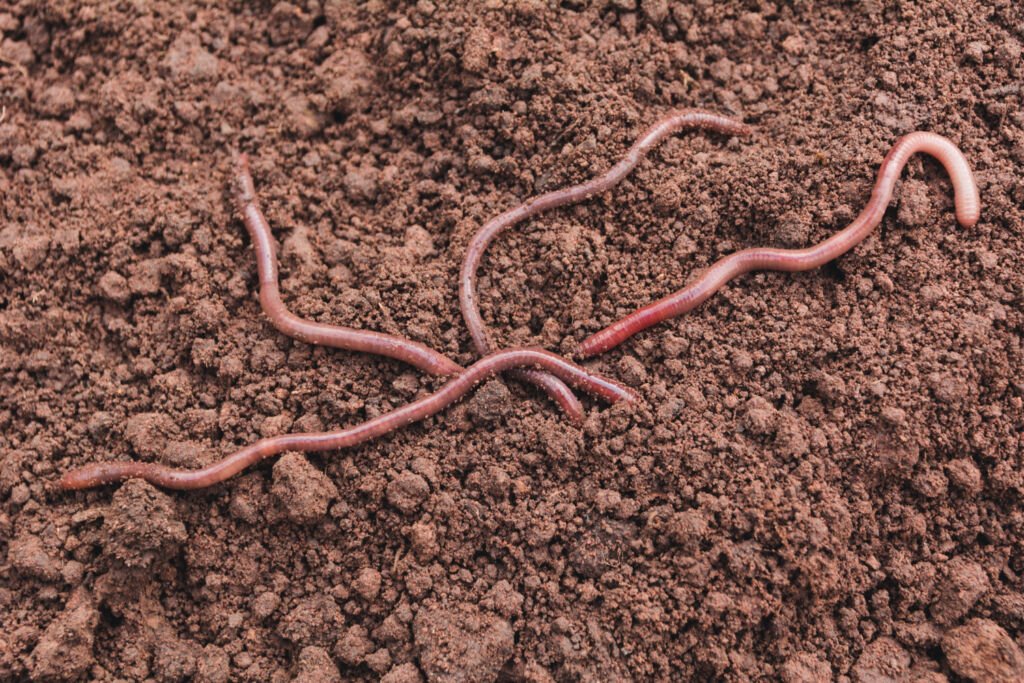
Weathering provides the raw materials, and soil genesis builds upon them. This intricate dance, orchestrated by time and influenced by various factors, is the foundation for healthy soil, a vital resource for life on Earth.
Importance of Weathering:
- Soil Formation: Weathering is the first step in the creation of soil. It breaks down rock into smaller fragments, releases essential nutrients, and creates the base for soil development. With weathering, the fertile soil we depend on for agriculture would exist.
- Nutrient Cycling: Weathering unlocks vital nutrients like potassium, phosphorus, calcium, and iron from rocks, making them available for plants and other organisms. This nutrient release powers the ecosystem and maintains the health of the food web.
- Landscape Shaping: Weathering, in combination with erosion, sculpts Earth’s magnificent landscapes. It helps create everything from towering mountains and dramatic coastlines to vast plains and fertile river valleys.
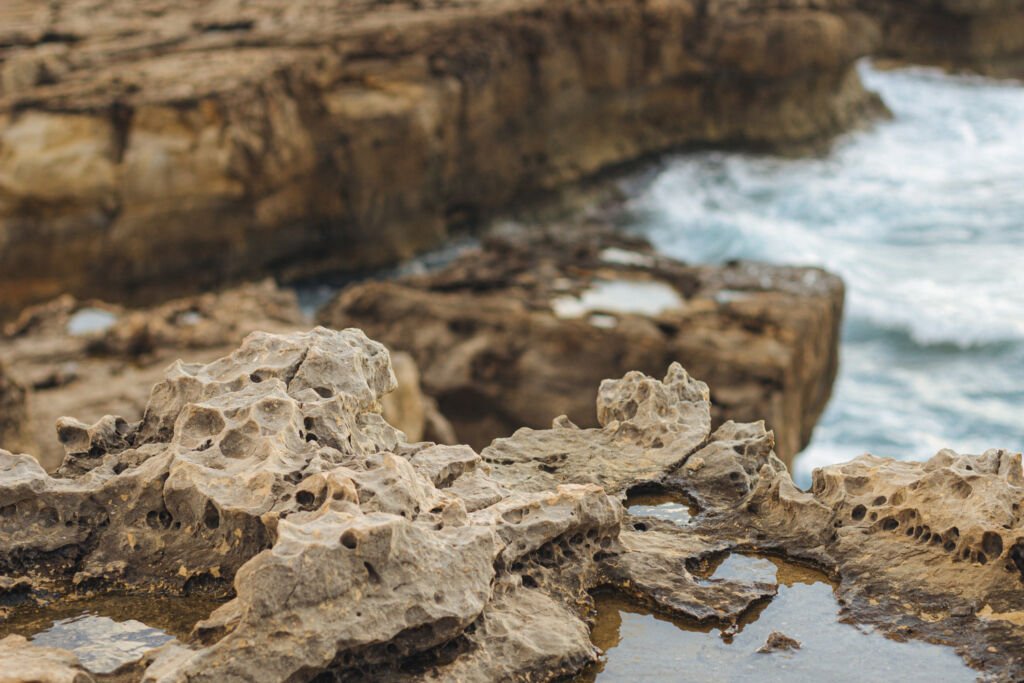
- Carbon Regulation: Chemical weathering regulates Earth’s carbon cycle, specifically the carbonation process. Rainwater reacts with carbon dioxide in the atmosphere and weathers certain types of rocks, storing carbon in its dissolved form. This acts as a natural buffer against excessive carbon dioxide in the atmosphere.
- Supporting Biodiversity: The cracks, crevices, and diverse soil types created by weathering provide habitats for many species. This rich biodiversity contributes to ecosystems’ resilience and our planet’s overall health.
Conclusion:
The story of our planet can be found in the soil layers beneath our feet. The weathering of rocks and soil genesis is a continuous process. It involves the gradual breakdown of rock—physically and chemically—and incorporating organic matter over time. This slow but steady process, shaped by the weathering of rocks and soil genesis, transforms solid bedrock into the foundation for the thriving natural world. Each handful of soil is a testament to this ongoing cycle of formation and renewal, demonstrating the dynamic nature of our planet.

